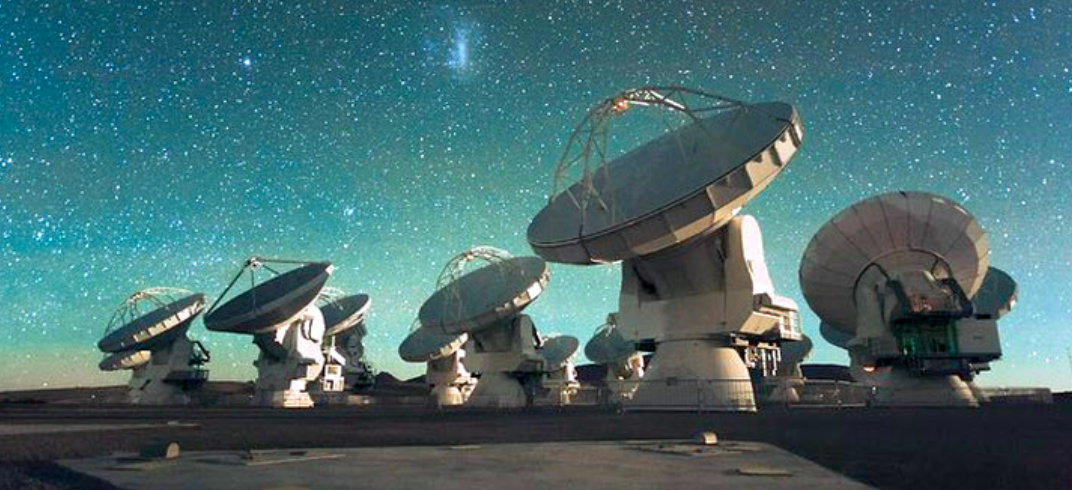The ALMA observatory, the world’s largest radio telescope located in the middle of Chile’s Atacama Desert, is fortifying its computer systems against cyberattacks.
A group of hackers had infected part of the infrastructure last October, crippling observations for a month and a half.
“The attack has accelerated the implementation of cybersecurity-related projects and strengthened coordination with the security offices of organizations that are important partners of our astronomical facility,” Christian Saldías, head of information technology at the Atacama Large Millimeter/submillimeter Array (ALMA), told EFE news agency.

Cybersecurity has become one of the biggest challenges facing businesses around the world.
This week, Italy warned that thousands of servers in dozens of countries were affected by a large-scale cyberattack that even affected the company that manages the city of Rome’s water supply.
The cyberattack on ALMA occurred in the early morning of Oct. 29, at the start of a long weekend when many employees were on vacation.
“We realized very quickly that we had been subjected to a cyberattack. We were getting reports that we couldn’t use the radio telescope or access any systems,” said Elizabeth Humphreys, head of ALMA’s science department.
“Somewhere in the computer system,” she continued, “the hackers indicated that we were under attack and what we needed to do to fix the blockage, but it was clear that we would not access what they claimed: we would fix our systems and return to science.”
ALMA is located more than 5,000 meters above sea level on a plateau in the Andes Mountains, where 66 large antennas scan the sky and combine their signals through a supercomputer to create a single image.
The ALMA antennas work like a single radio telescope and can be placed at 192 different locations on the astronomical site, allowing the diameter of the observatory to vary from a few dozen meters to 16 kilometers, depending on scientific needs, creating the largest radio telescope in the world.
Computer engineers, Saldías said, isolated the systems from each other to prevent the attack from spreading, but the hackers penetrated the machines that control the observations and crippled scientific activities.
“We’re talking about 400 systems that had to be rebuilt from scratch,” indicated Information Technology.
The cyberattack and its aftermath were a bitter blow to ALMA scientists, who had been unable to observe the sky for a year because of the pandemic.
Now that health conditions have improved, they thought they could continue their work normally.
“At the time of the attack, I was very angry and devastated that someone had attacked an observatory like this. We are not here to make money, but to collect scientific data and discover the universe,” Humphreys recalls.

